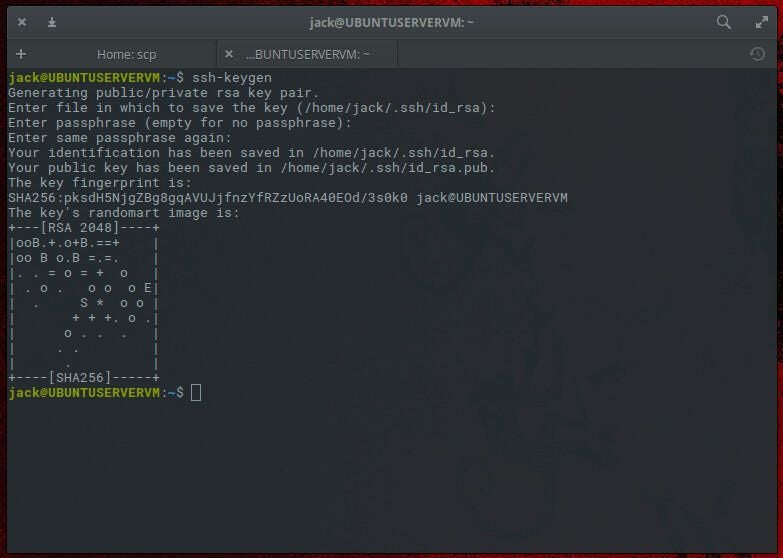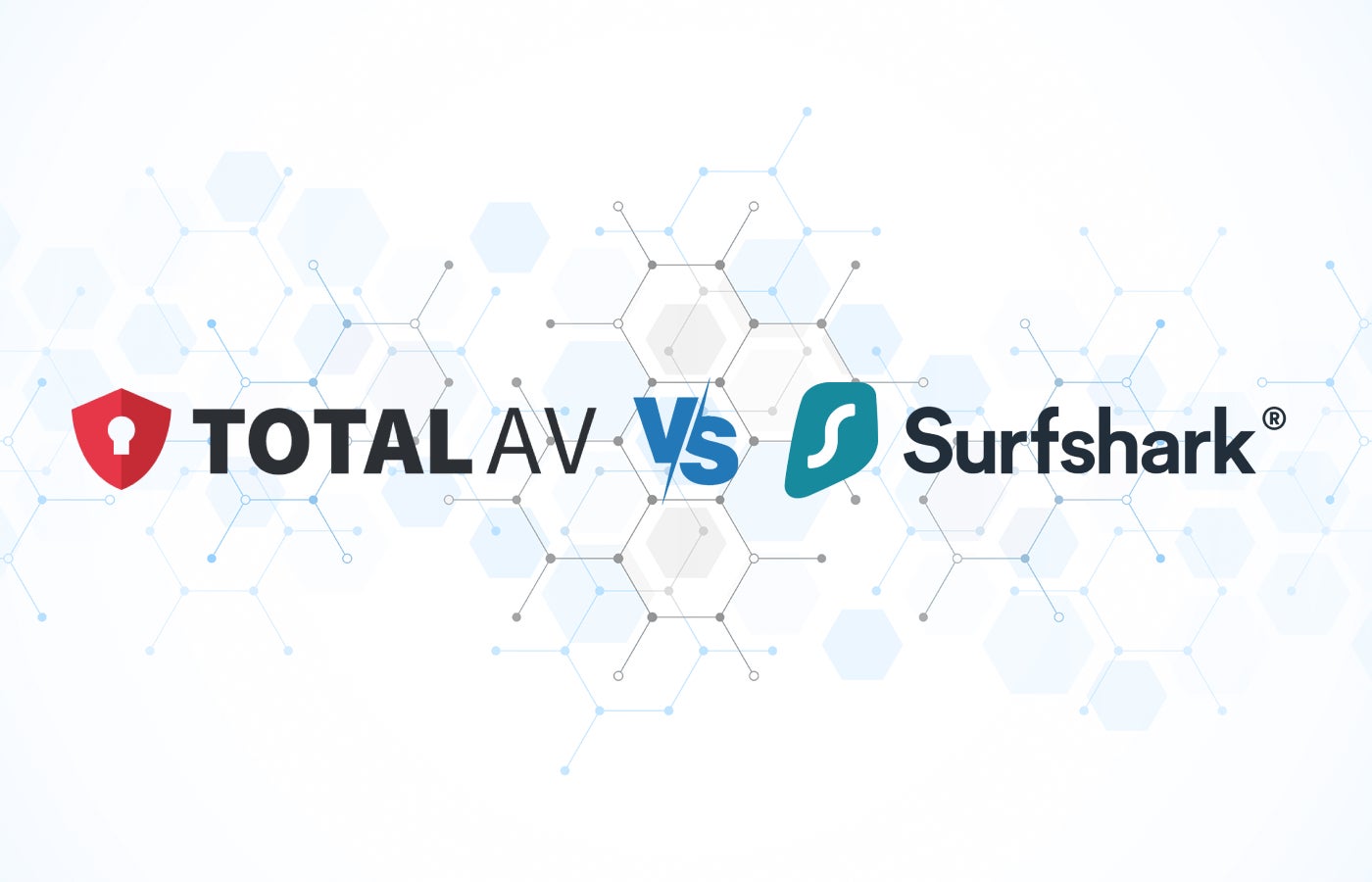The adoption of Industrial Internet of Things (IIoT) technology has brought about a transformative wave of connectivity and data-driven decision-making in manufacturing and industrial processes. However, with this promising evolution comes intricate challenges that must be effectively addressed. From ensuring robust cybersecurity to managing massive data streams and optimizing legacy systems for the digital age, organizations face a complex landscape of obstacles. In this article, we will delve into the significant challenges surrounding Industrial IoT implementation and explore innovative solutions to overcome them, ultimately paving the way for enhanced operational efficiency and competitiveness in today’s industrial landscape.
What Is Industrial IoT?
Industrial IoT, or IIoT, integrates Internet of Things (IoT) technologies in industrial and manufacturing sectors. It uses connected sensors, devices, and machinery to gather and exchange data, enabling real-time monitoring and control of industrial processes. IIoT is pivotal in digitizing traditional industries, enhancing operational efficiency, and enabling data-driven decision-making. It facilitates predictive maintenance, quality control, and supply chain optimization, ultimately leading to cost savings and increased productivity. IIoT is a crucial component of Industry 4.0, the ongoing industrial revolution that leverages digital technologies to transform and modernize the manufacturing and industrial sectors.
What is The Growth of Industrial IoT?
The growth of Industrial IoT (IIoT) has been nothing short of remarkable, reshaping industries across the globe. Recent statistics illustrate the explosive expansion of IIoT, with over 20 billion connected devices anticipated by 2023. This proliferation has profoundly impacted manufacturing, where intelligent factories are expected to drive a $3.9 trillion increase in global GDP by 2030. IIoT has already demonstrated its value, with a reported 28% average increase in manufacturing efficiency and a 24% decrease in downtime. Beyond manufacturing, the agricultural sector utilizes IIoT to optimize crop management, with precision agriculture projected to generate $4.2 billion in annual savings by 2030. Additionally, the healthcare industry is witnessing the implementation of IIoT in patient monitoring, allowing for better and more personalized healthcare services. As these numbers and applications grow, Industrial IoT’s transformative potential is increasingly evident, promising improved efficiency, cost savings, and enhanced decision-making capabilities across various sectors.
Industries Benefit of IoT
Industrial IoT (IIoT) is making significant inroads into various industries, offering numerous benefits, including increased efficiency, cost savings, and enhanced data-driven decision-making. Here are a few sectors that are particularly benefiting from IIoT:
- Manufacturing: IIoT is revolutionizing manufacturing by enabling predictive maintenance, real-time monitoring of equipment, and process optimization. IIoT reduces downtime, lowers maintenance costs, and increases overall efficiency.
- Agriculture: Precision agriculture relies on IIoT to monitor soil conditions, weather data, and crop health. IIoT helps farmers optimize resource usage, reduce waste, and improve crop yields.
- Healthcare: IIoT is used in remote patient monitoring, tracking medical equipment, and ensuring the integrity of pharmaceuticals during transport. IIoT enhances patient care, reduces hospitalization costs, and improves supply chain management.
- Energy and Utilities: IIoT is essential for monitoring and managing energy distribution, optimizing grid performance, and minimizing energy wastage. IIoT leads to improved energy efficiency and reduced environmental impact.
- Transportation and Logistics: IIoT is crucial in route optimization, fleet management, and cargo tracking. It reduces fuel consumption, enhances delivery accuracy, and minimizes transportation costs.
- Oil and Gas: IIoT enables remote monitoring of drilling equipment and pipelines, improving safety, reducing downtime, and minimizing environmental risks.
- Retail: In the retail sector, IIoT assists with inventory management, supply chain optimization, and customer engagement. IIoT leads to reduced out-of-stock situations, improved customer experiences, and efficient inventory turnover.
- Smart Cities: IIoT is helping cities become more sustainable and efficient. Applications include intelligent traffic management, waste management, and environmental monitoring, resulting in reduced congestion, improved public services, and a lower ecological footprint.
- Construction: IIoT is used for equipment tracking, safety monitoring, and site management. IIoT enhances safety, reduces equipment theft, and improves project management efficiency.
- Aviation and Aerospace: In aviation, IIoT is used for predictive maintenance, real-time monitoring of aircraft components, and enhancing flight safety. It helps reduce downtime and to improve passenger safety.
These are just a few examples of how IoT is transforming various industries, and its applications continue to expand as technology advances and businesses seek to capitalize on the benefits of connected systems and data analytics.
How to do IIoT Applications Work?
Industrial IoT (IIoT) applications connect physical devices, sensors, and machinery to the Internet, enabling data collection, analysis, and automation. Here are five key points on how these applications work:
- Data Collection: IIoT applications begin with installing sensors and devices on industrial equipment and assets. Depending on the specific use case, these sensors collect real-time data, such as temperature, pressure, vibration, etc.
- Data Transmission: The collected data is transmitted securely to a central platform or cloud-based system through the Internet. Data Transmission can sent via wired or wireless communication protocols depending on the requirements and environment.
- Data Analysis: Once the data reaches the central platform, it undergoes thorough analysis. Advanced analytics, machine learning algorithms, and artificial intelligence are often employed to process and interpret the data. This analysis can reveal patterns, anomalies, and predictive insights.
- Decision-Making: The IIoT system can make real-time decisions or provide actionable insights to operators or automated systems based on analysis. For example, it can trigger alerts for maintenance when equipment shows signs of wear or optimize manufacturing processes to improve efficiency.
- Automation and Control: IIoT applications often include control mechanisms that allow for automation. IIoT can involve adjusting equipment settings, initiating maintenance tasks, or even autonomously controlling specific processes based on the data and insights gathered to enhance operational efficiency.
In summary, IIoT applications connect industrial assets to the Internet, collect and transmit data, analyze data for valuable insights, make data-driven decisions, and automate actions to optimize industrial processes and operations when necessary. Industrial IoT leads to improved efficiency, reduced downtime, and cost savings for businesses across various industries.
Classification:
- Industry Verticals: IIoT applications are classified based on the industry sectors they serve, including manufacturing, healthcare, agriculture, and energy, each with specific needs and use cases.
- Functionality: Classification can be based on the core functions of IIoT applications, such as predictive maintenance, asset tracking, remote monitoring, and quality control.
- Communication Protocols: IIoT applications may use various communication technologies, like MQTT, CoAP, or LoRaWAN, which can influence their classification based on connectivity.
- Data Handling: Some IIoT applications focus on real-time data analysis and control, while others prioritize data storage, historical analysis, and long-term insights.
- Deployment Scale: IIoT applications can be classified by the scale of their deployment, ranging from small-scale, single-facility solutions to large-scale, multi-site implementations, reflecting their reach and complexity.
Challenges
- Security Concerns: Industrial IoT applications face significant security challenges as they handle sensitive data and are susceptible to cyberattacks. Protecting against data breaches and unauthorized access is a top priority.
- Interoperability: The diverse IoT devices, protocols, and standards can challenge interoperability. Ensuring seamless communication and integration among different devices and systems is essential.
- Scalability: As IoT networks grow, managing the scale of devices and data can become complex. Scalability challenges include data management, network bandwidth, and infrastructure requirements.
- Data Privacy and Compliance: IoT applications must adhere to data privacy regulations and industry-specific compliance standards. Managing data privacy, consent, and compliance is a continuous challenge.
- Reliability and Redundancy: Ensuring continuous operation and minimizing downtime is crucial in industrial settings. Challenges include redundancy planning, backup systems, and fault tolerance to maintain operations even during failures.
Solutions
- Advanced Security Measures: Implement robust security protocols, including encryption, authentication, and intrusion detection, to mitigate cyber threats and safeguard sensitive data.
- Standardization: Promote industry-wide standards for IoT devices and communication protocols to enhance interoperability and simplify integration.
- Edge Computing: Use edge computing to process data locally on IoT devices, reducing the burden on central servers, improving real-time responsiveness, and reducing network traffic.
- Data Analytics and AI: Leverage data analytics and artificial intelligence to extract valuable insights from IoT data, enabling predictive maintenance, anomaly detection, and data-driven decision-making.
- Redundancy and Failover Systems: Implement redundancy and failover mechanisms to ensure system reliability, with backup systems and contingency plans in place to minimize downtime in case of failures.
Read Also:




